R
ed Cabbage and Apple Kraut.
This red cabbage and apple kraut is a common German sauerkraut variation that balances the acidity in the fermented kraut with the sweetness of apples. Fermented foods can form an important part of any diet, as these foods contain beneficial living bacteria (probiotics) and enzymes that can help with absorption and assimilation of nutrients. Fermentation also allows for a broad range of flavors and textures in food. Fermented foods are sometimes referred to as pickled or soured—due to the salty, sour brine that results from and facilitates the pickling process.
Red Cabbage and Apple Kraut
This red cabbage and apple kraut is a common German sauerkraut variation that balances the acidity in the fermented kraut with the sweetness of apples.
Ingredients
- 1 red cabbage about 2 pounds chopped
- 1 cup granny smith apples chopped (you can use a sweet apple too)
- 3 tsp sea salt
Instructions
- To prepare the sauerkraut, begin by thinly shredding the cabbage, using a mandolin. Alternatively, slice very thinly, using a knife. Cut the apple in small pieces too.
- Combine the cabbage, apple and salt in a bowl and and gently massage into the cabbage. The salt will help the cabbage to soften and release liquid. This liquid will actually become the brine solution that the sauerkraut will ferment in.
- Transfer the cabbage and the liquid to a jar or other non-reactive container. Tap the jar to release some of the air bubbles. If needed, add a bit more Brine Solution (see below), so that once weighted, the cabbage will be completely submerged.
- Cover the weighted container with a clean towel or cloth to allow the fermentation process to begin. You can also buy special lids that will allow the carbon dioxide to escape.
- Leave the sauerkraut out, at room temperature, for 4 to 7 days. Sometimes you will see that the fermentation begins to produce tiny carbon dioxide bubbles. This is an indicator that the fermentation process has begun. Taste the kraut on the 4th day to see if you like the flavor. It should be a bit sour or tangy. Personally I like it to taste sour so I normally let the fermentation go all the way to day 7 (sometimes even longer).
- If there is any scum or mold (called “bloom”), simply skim it off the top – this is very normal and only indicative of surface mold and not contamination.
- Next, seal the container, label and date it and refrigerate. Many sauerkrauts can keep six months or more if kept well refrigerated.
Notes
Brine Solution:
To get the correct culture within your krauts, it's important to ensure your ratio of salt and water is correct. Use either 2 tsp per cup for a 3% solution or 3 tsp per cup for a 5% solution. The 5% solution is perfect for most fermenting applications, whereas the 3% is less salty and will help encourage a faster ferment. Brine solution is used when a bit of extra liquid is needed to keep the ferment submerged to anaerobic fermentation. Some ferments can take longer to initiate, especially ferments with more volume, higher specific salinity and lower room temperature (e.g. in a 55°F/12°C basement vs. a 70°F/21°C apartment). The longer the ferment, the tangier and more “bioactive” the mixture will become. Once you refrigerate it, the fermentation process will slow dramatically. Credits: Rouxbe (the world’s leading online cooking school).
To get the correct culture within your krauts, it's important to ensure your ratio of salt and water is correct. Use either 2 tsp per cup for a 3% solution or 3 tsp per cup for a 5% solution. The 5% solution is perfect for most fermenting applications, whereas the 3% is less salty and will help encourage a faster ferment. Brine solution is used when a bit of extra liquid is needed to keep the ferment submerged to anaerobic fermentation. Some ferments can take longer to initiate, especially ferments with more volume, higher specific salinity and lower room temperature (e.g. in a 55°F/12°C basement vs. a 70°F/21°C apartment). The longer the ferment, the tangier and more “bioactive” the mixture will become. Once you refrigerate it, the fermentation process will slow dramatically. Credits: Rouxbe (the world’s leading online cooking school).
Nutrition
Calories: 54kcalCarbohydrates: 13gProtein: 2gFat: 1gSaturated Fat: 1gSodium: 1201mgPotassium: 362mgFiber: 3gSugar: 8gVitamin A: 1572IUVitamin C: 81mgCalcium: 63mgIron: 1mg
Did you try making this recipe?Mention @JvVHealth or tag #jvvhealth
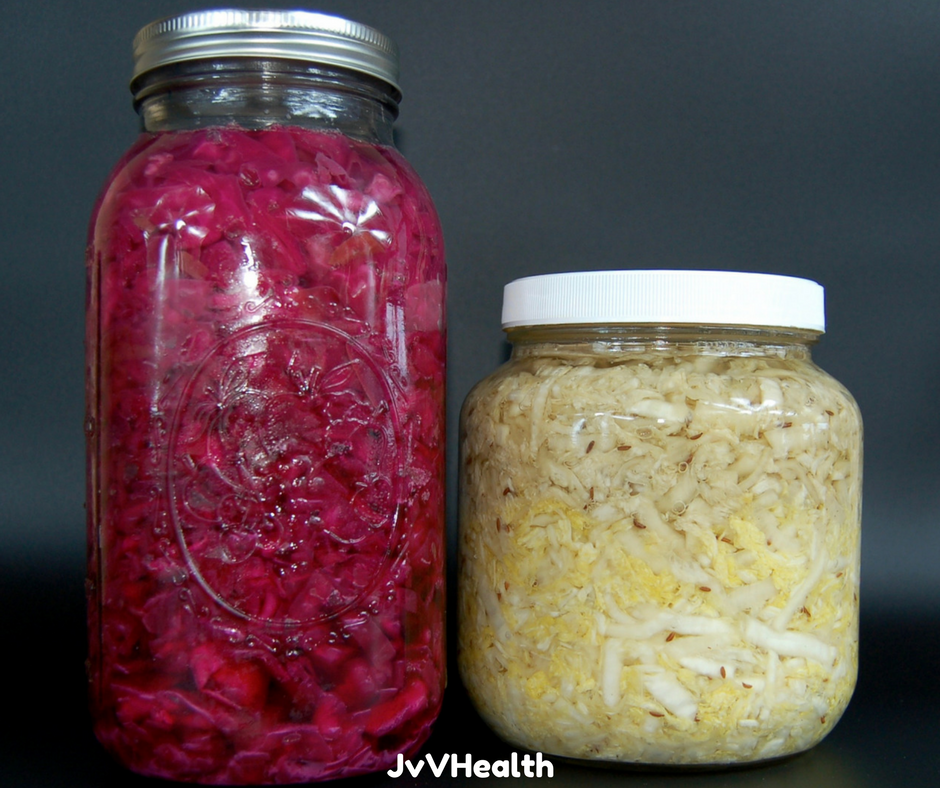
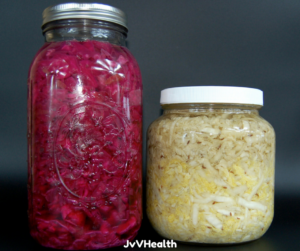
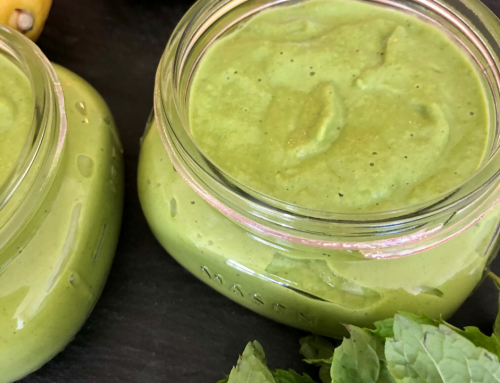
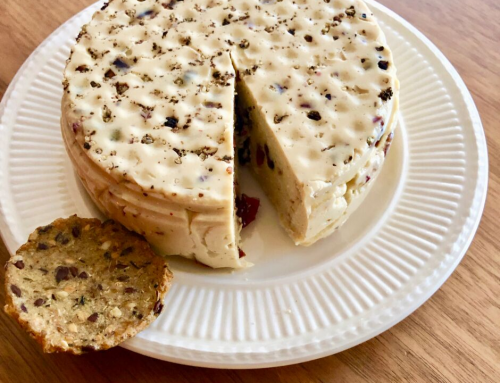
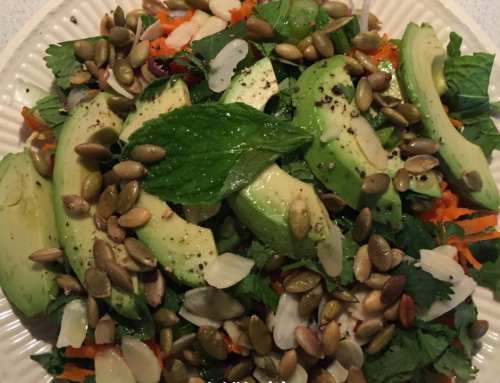
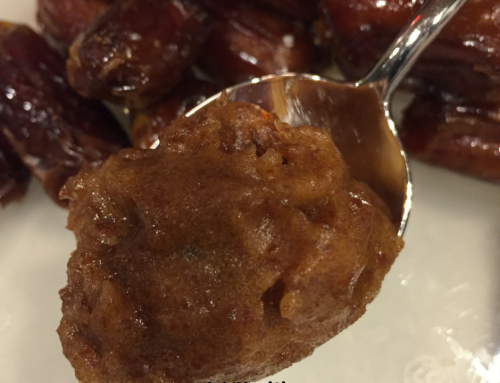

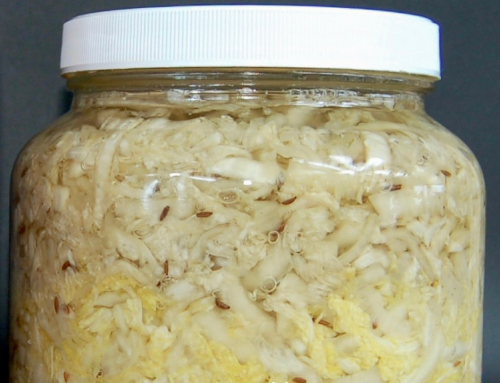

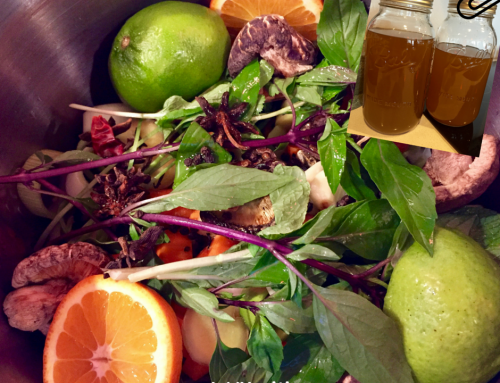
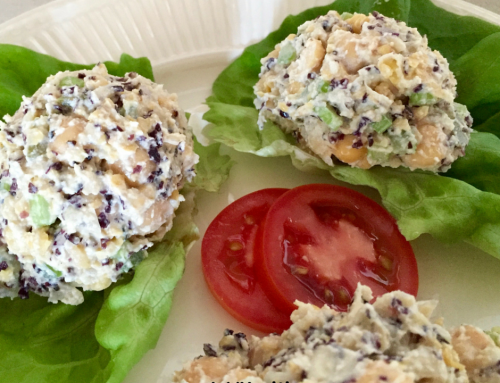
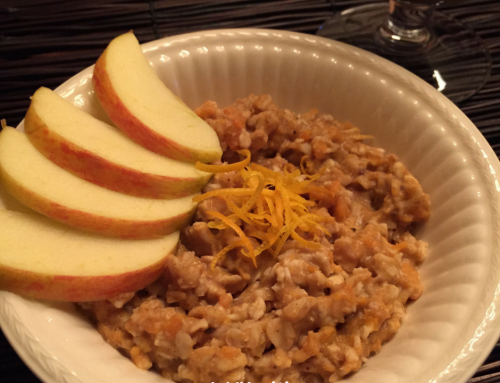
Leave A Comment